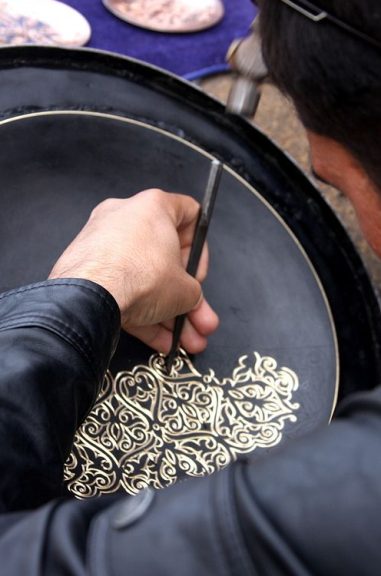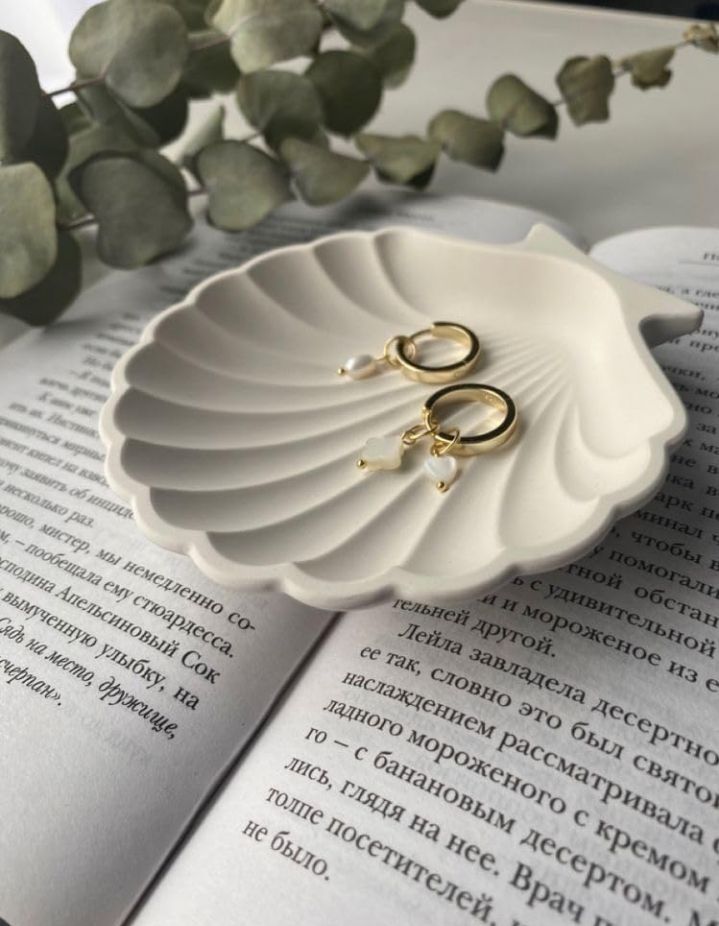A Journey Through Tradition and Art
The fusion of gold and handicraft is a symphony of history, tradition, and skilled craftsmanship that transcends time and cultures. From ancient civilizations to modern artisans, gold has been intricately woven into the fabric of handicrafts, symbolizing luxury, power, and aesthetic grandeur. This union is not merely a visual delight but also a testimony to human ingenuity, cultural identity, and the mastery of materials.
The Historical Significance of Gold in Handicraft
Gold has held a place of reverence across civilizations for millennia. In ancient Egypt, gold was considered the skin of the gods, and Egyptian artisans used it to create magnificent burial artifacts, jewelry, and religious objects. Similarly, in the civilizations of Mesopotamia, India, and the Americas, gold was revered not just for its beauty but for its spiritual symbolism. In early civilizations, the combination of gold and handicraft was more than decorative; it was often tied to rituals, mythology, and the social status of its wearer. Royalty and nobility adorned themselves with handcrafted gold ornaments, while skilled artisans pushed the boundaries of metalworking to craft intricate designs that reflected their cultural stories. In many societies, the use of gold in handicrafts became a marker of sophistication and exclusivity.
Techniques that Embody the Craftsmanship
The art of combining gold with handicrafts has evolved with time, but many traditional techniques remain central to this craft. The hallmark of gold handicrafts lies in the expertise required to shape this precious metal into intricate forms. Some of the most famous techniques include:
– Filigree: A delicate, lace-like ornamental design created by twisting and curling thin gold wires into intricate patterns. This technique has flourished in regions like India, Spain, and parts of the Middle East.
– Granulation: An ancient technique involving the application of tiny gold beads to a surface, creating elaborate textures and designs.
– Gold Leafing (Gilding): Applying thin layers of gold to surfaces, such as wood, ceramics, or textiles, adding elegance to sculptures, frames, and religious artifacts.
– Chasing and Repoussé: Artisans shape gold using hammers and punches to create raised designs on the surface, giving the metal a three-dimensional form. This technique has been used to craft everything from jewelry to armor.
The Role of Gold in Modern Handicraft
In the modern era, gold continues to play a pivotal role in handicrafts. Today’s artisans draw inspiration from both tradition and contemporary design to create pieces that resonate with today’s aesthetic sensibilities while preserving the timeless appeal of gold. Artisans experiment with gold’s malleability, combining it with materials like gemstones, enamel, or even ceramics, resulting in unique, one-of-a-kind pieces.
In many regions, particularly in South Asia, Southeast Asia, and parts of Africa, gold handicrafts remain an essential part of cultural heritage and daily life. From wedding jewelry and ceremonial objects to religious items and home décor, gold is intricately linked with celebrations, rites of passage, and expressions of cultural identity.
A Symbol of Luxury and Craft
Gold in handicraft continues to be a symbol of luxury. Fashion designers and luxury brands often collaborate with traditional artisans to create exclusive collections that blend modern design with age-old gold crafting techniques. These collaborations help preserve traditional skills and breathe new life into ancient art forms. Luxury jewelry houses, for instance, frequently rely on master goldsmiths to create signature pieces that highlight the craftsmanship involved in creating timeless gold items. The beauty of handcrafted gold jewelry lies in its unique imperfections, which reflect the artisan’s personal touch, making each piece a work of art.
Sustainability and the Future of Gold Handicraft
In recent years, sustainability has become an important consideration in the world of gold handicrafts. Ethical sourcing of gold and the adoption of eco-friendly practices have gained traction among both artisans and consumers. Many artisans now use recycled gold and prioritize sustainable practices in crafting, aligning their art with a growing global consciousness about environmental responsibility. The future of gold handicrafts lies not only in preserving the techniques passed down through generations but also in evolving them to meet contemporary demands. By embracing sustainability, modern artisans can ensure that this timeless craft continues to thrive in a world that values both tradition and innovation.
Conclusion: A Marriage of Elegance and Artistry
The combination of gold and handicraft is one of the most beautiful expressions of human creativity. Whether it is a handcrafted gold necklace, a gilded sculpture, or a filigree vase, the elegance of gold enhances the intricate beauty of handicraft, elevating it into the realm of timeless art. This union has not only withstood the test of time but also adapted to changing tastes, continually reaffirming its place in the world of luxury, culture, and art. As gold artisans look to the future, they carry with them the legacy of millennia-old traditions while infusing new life into their creations, ensuring that this radiant craft continues to shine for generations to come.


